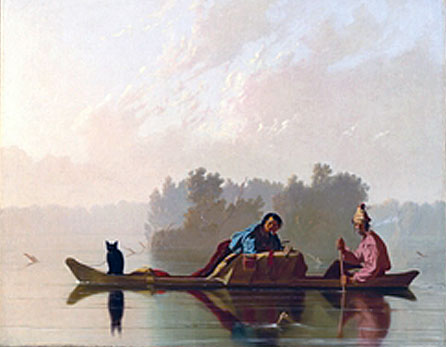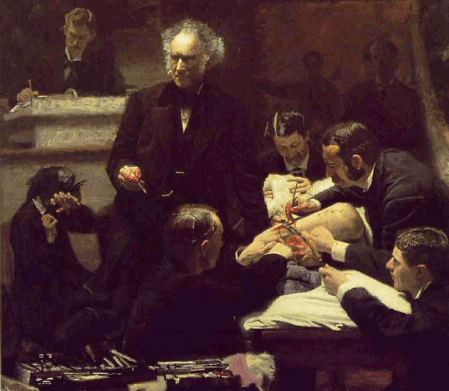September 11, 2009 by bgierke
From the early days of the republic through the antebellum years, the American zeitgeist had been ebullient, dynamic, and filled with ambition and wanderlust. Lewis and Clark, The Oregon Trail, Santa Fe, etc. The War Between the States, however, catalyzed a wrenching change in its trajectory.
Six hundred thousand lives were lost during the horrible conflict that followed our nation’s youthful exuberance – over 1 percent of the population. That’d translate into an incomprehensible 3 million today. Impossible for that not to be transformational, but the nature of the impact was not reserved to society’s human fabric. As Lewis Menand wrote in his 'The Metaphysical Club': “… the United States became a different country. The war alone did not make America modern, but the war marks the birth of modern America.”
The secession of The South allowed what was left of Congress to be a venue of action not seen since. Progress. It created the first system of national taxation; first national currency; public universities; completion of the transcontinental railway; and set the Republican Party up to promote industrial capitalism for years to come.
The impact upon the common consciousness was darkly profound. Democracy was supposed to progress with ayes and nays not blood and gore. A proud American culture had given way to astonishing horror and irrationality. “To some the war seemed not just a failure of democracy, but a failure of culture, a failure of ideas.”
This came to mind the other day when I was thinking about a picture I’d seen in Philadelphia Museum of Art a few months ago while paging through a tome on American Art at home. In the book, I saw an image of the picture, above,' Fur Traders Descending the Missouri' painted by George Caleb Bingham 20 years before the Civil War. I know nothing of the history of that work, but can imagine the take of contemporaneous urban viewers.

“Wow. Wish I was there instead of behind this desk headed for idle conversation with friends this evening. That. That’s living. Trap a few beaver. Fish. Float down the river. I want to be part of the wild West. See stuff not seen before (Well, except for by Indians).” In actual fact, thousands of people paid to view such pictures and get their only taste of the frontier.
Now look at the picture from Philadelphia painted by Thomas Eakins 10 years after the war’s end. Gross*. The title is 'The Gross Clinic.'
"This is what our guts look like folks. Get used to it. Shit happens. We obviously can not predict the outcome of this case just yet. He might die. Whatever. We’re learning from our mistakes.” Eakins thought this the best of his work. He submitted it to the 1876 Centennial Exhibition in Philadelphia only to see it rejected. He sold it to Jefferson Medical College for $200.

The above is hardly scholarly, but it is impossible for me to imagine either picture to have been executed at the time of the other. The spirit of a time is also a great reality.
+++++++
*I heard somewhere that usage of the word “gross” to mean disgusting dates from this work. A perusal of the OED yields nothing that would hold to the contrary.
**The Metaphysical Club, Louis Menand, Farrar Straus Giroux, 2001




